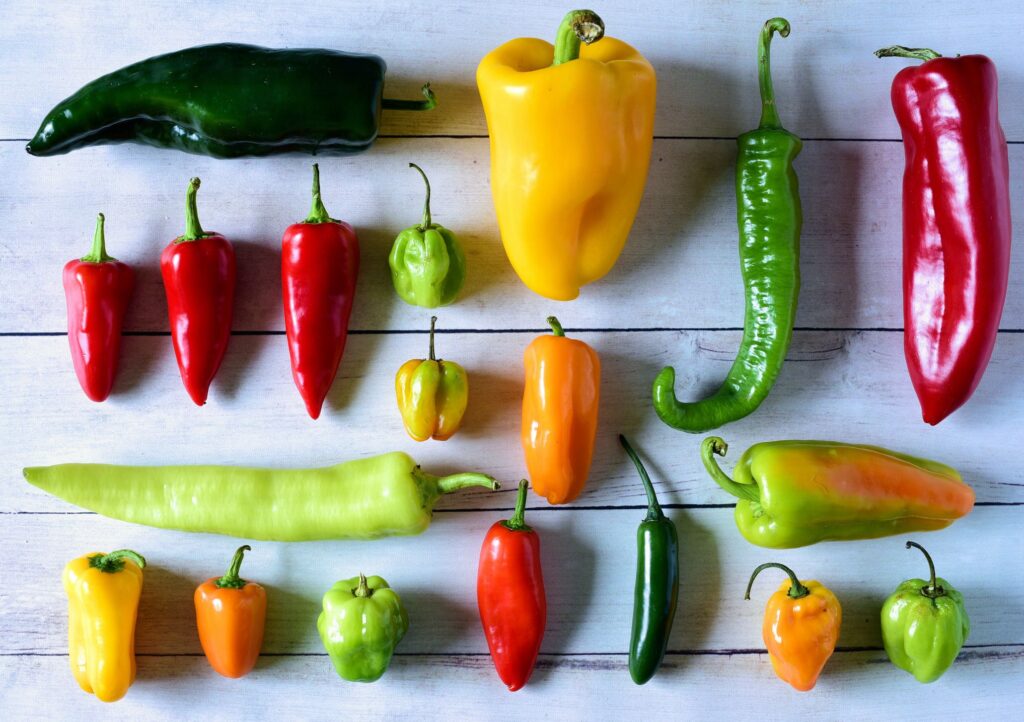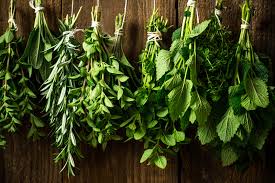As a professional indoor gardener with over a decade of experience, I can tell you that growing vegetables indoors isn’t just possible – it’s incredibly rewarding. I’ve helped countless urban gardeners transform their windowsills and countertops into thriving mini farms. Let me share the seven most reliable vegetables you can grow indoors, along with my tried-and-tested cultivation secrets.
1. Microgreens

The Fast-Track Powerhouse
Microgreens are my go-to recommendation for indoor growing success. These nutrient-dense seedlings are ready to harvest in just 7-14 days and pack up to 40 times the nutrients of their mature counterparts.
What you’ll need:
- Shallow tray (1-2 inches deep)
- High-quality potting mix
- Seeds (try radish, arugula, or mustard)
- Grow light (optional but recommended)
Pro Tip: Don’t overwater. Keep the soil moist but not waterlogged. I recommend bottom watering to prevent damping off disease.
2. Cherry Tomatoes

The Indoor Garden Star
Dwarf varieties like ‘Red Robin’ and ‘Tiny Tim’ are specifically bred for indoor growing. I’ve consistently harvested 2-3 pints of tomatoes per plant over a 3-4 month period.
Growing requirements:
- 5-gallon container minimum
- 6-8 hours of direct sunlight or grow lights
- Support stake or cage
- Well-draining potting mix
- Regular fertilization
Pro Tip: Hand-pollinate flowers by gently shaking the plant or using a small brush to transfer pollen between blooms.
3. Lettuce

The Perpetual Salad Machine
Loose-leaf varieties are perfect for “cut-and-come-again” harvesting. I’ve maintained indoor lettuce plants for up to 4 months with proper care.
Key success factors:
- Temperatures between 60-70°F
- Moderate light (can tolerate partial shade)
- Regular harvesting of outer leaves
- Consistent moisture
- Spacing of 4-6 inches between plants
Pro Tip: Harvest in the morning for the crispest leaves, and never let flowers form (this makes the leaves bitter).
4. Green Onions

The Kitchen Counter Champion
These are perhaps the easiest vegetable to grow indoors. I’ve regrown store-bought green onions up to 5 times from the same roots.
Simple growing method:
- Place root ends in 1 inch of water
- Change water every 2-3 days
- Transfer to soil after roots develop
- Harvest when 6-8 inches tall
- Leave 2 inches of stem for regrowth
Pro Tip: Start multiple bunches at different times for continuous harvest.
5. Hot Peppers

The Compact Heat Source
Small varieties like Thai chilies and habaneros actually produce better indoors than their larger cousins. My indoor pepper plants typically produce for 8-12 months.
Essential requirements:
- 3-5 gallon container
- Very bright light (minimum 6 hours)
- Warm temperatures (70-80°F)
- Well-draining soil mix
- Regular feeding with high-potassium fertilizer
Pro Tip: Increase humidity by placing pots on pebble trays filled with water.
6. Herbs (Basil, Cilantro, Parsley)

The Fresh Flavor Factory
While technically not vegetables, herbs are essential for any indoor garden. They’re compact, productive, and incredibly useful in the kitchen.
Growing guidelines:
- 6-inch deep containers
- Moderate to bright light
- Regular pruning to promote bushiness
- Harvest up to 1/3 of the plant at a time
- Monthly feeding with balanced fertilizer
Pro Tip: Plant multiple batches 3-4 weeks apart for continuous supply.
7. Bean Sprouts

The No-Soil Solution
Bean sprouts are ready in 5-7 days and require no soil, making them perfect for any indoor space.
Simple sprouting process:
- Soak beans for 8-12 hours
- Rinse 2-3 times daily
- Maintain indirect light
- Harvest when sprouts reach 2-3 inches
- Store in refrigerator for up to a week
Pro Tip: Use a specialized sprouting jar with mesh lid for easiest maintenance.
Essential Indoor Growing Tips
Success factors I’ve learned through years of indoor cultivation:
- Light Management
- South-facing windows are ideal
- Supplement natural light with grow lights in winter
- Rotate plants weekly for even growth
- Temperature Control
- Most vegetables prefer 65-75°F
- Avoid cold drafts from windows
- Keep away from heating vents
- Air Circulation
- Use a small fan for air movement
- Prevent disease and strengthen stems
- Maintain 2-3 inches between plants
- Pest Prevention
- Inspect plants weekly
- Use yellow sticky traps for flying insects
- Maintain clean growing area
- Quarantine new plants for 7 days
Remember, indoor vegetable growing is both an art and a science. Start with these seven proven performers, and you’ll be harvesting fresh produce from your windowsill in no time. The key is to start small, observe closely, and adjust your care routine based on your plants’ response.
Happy growing!

